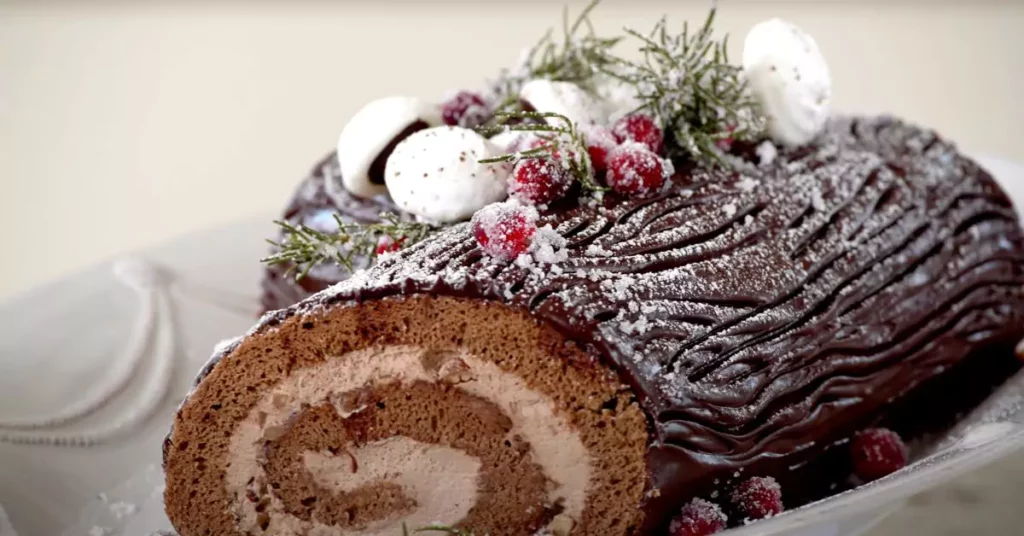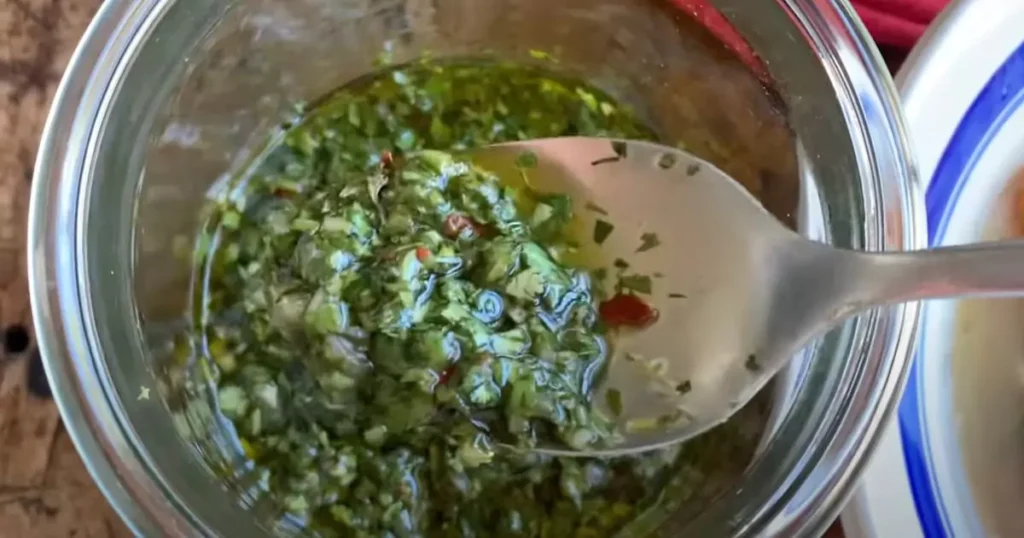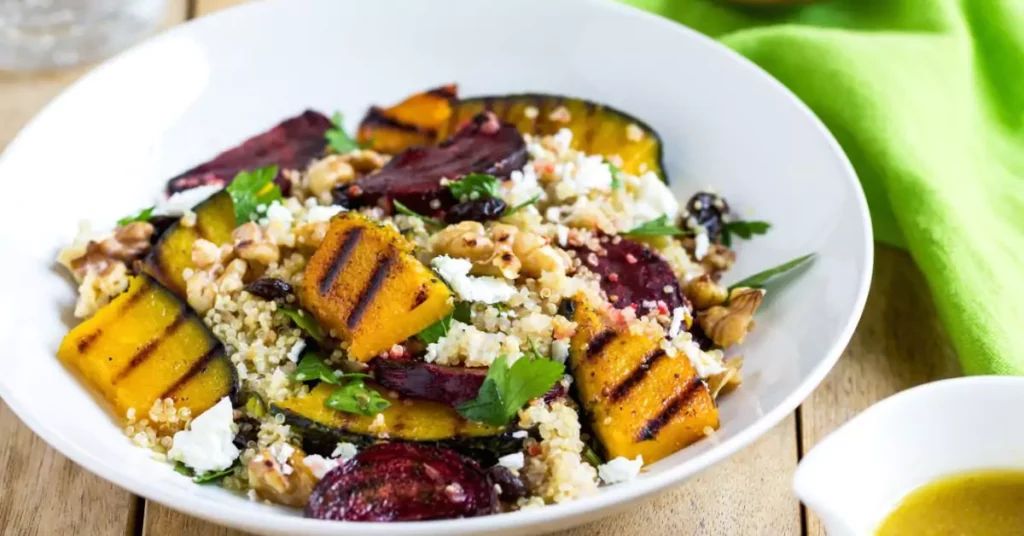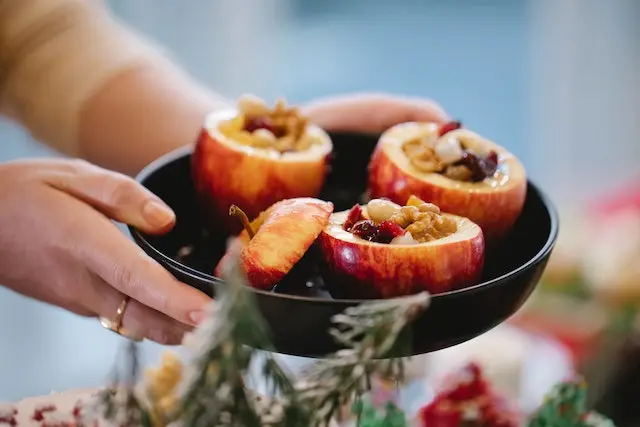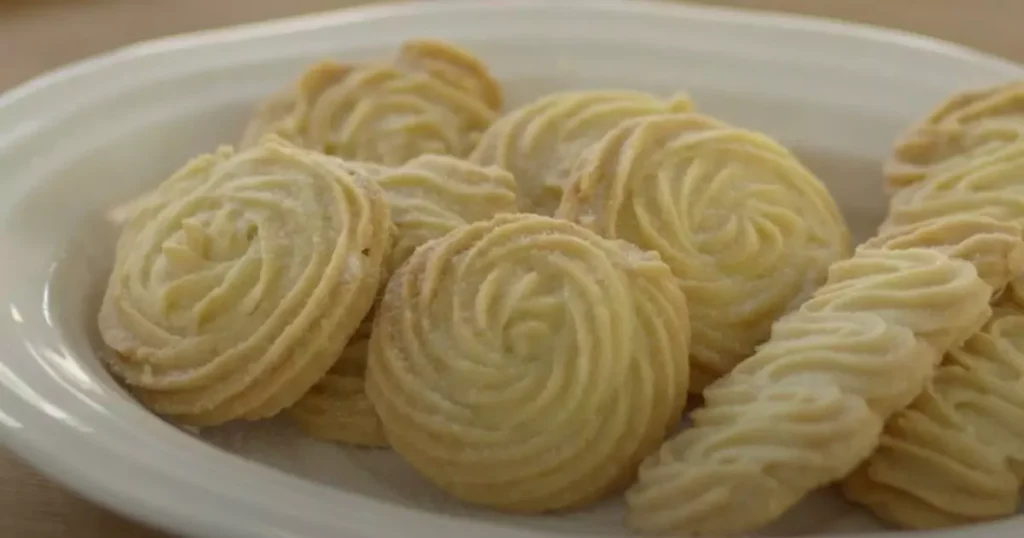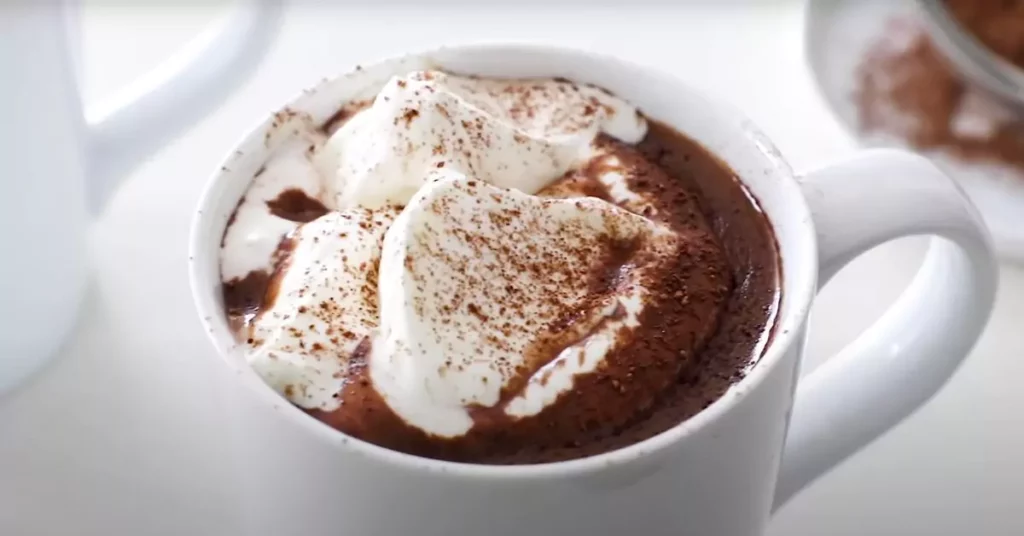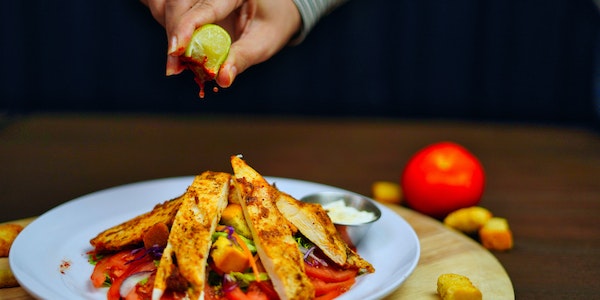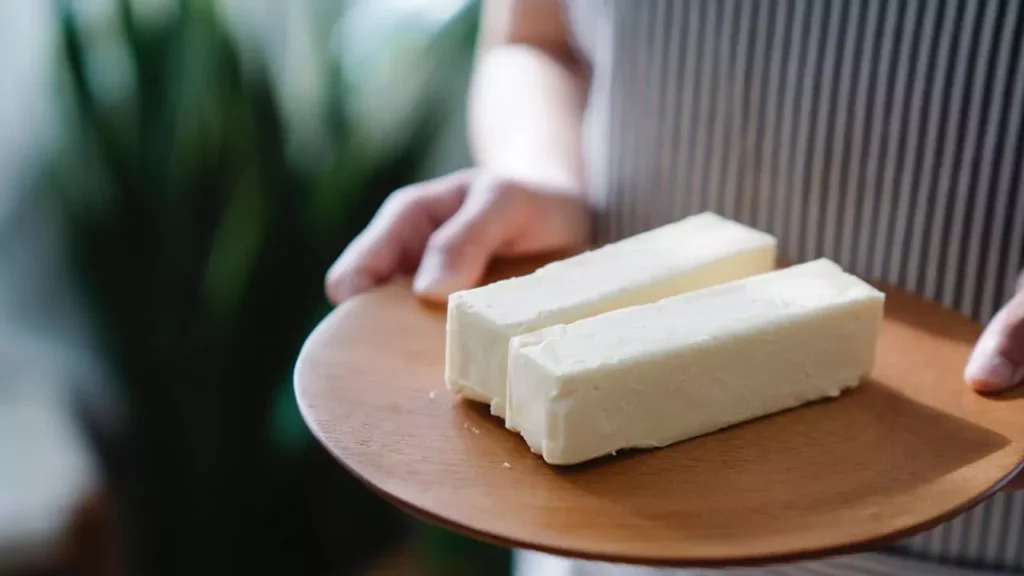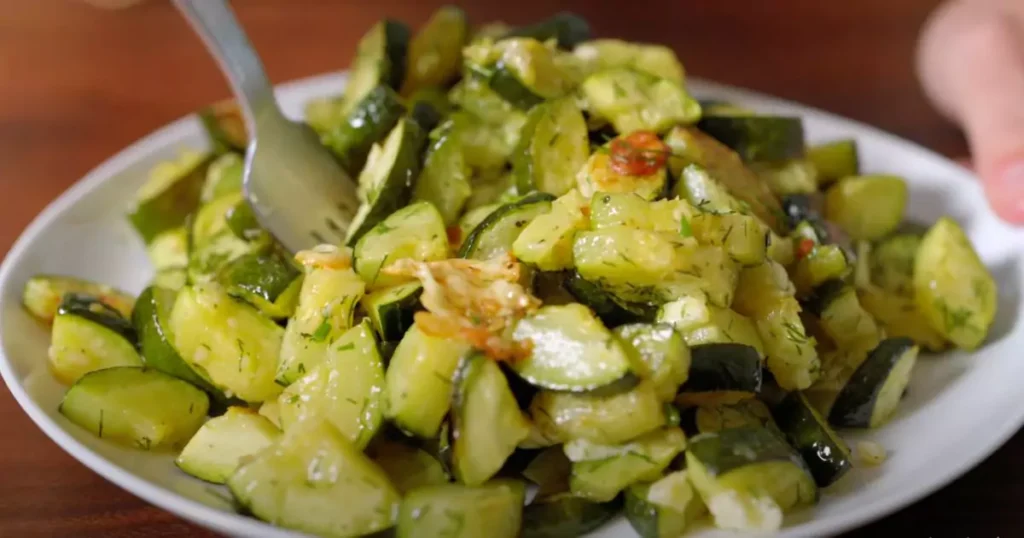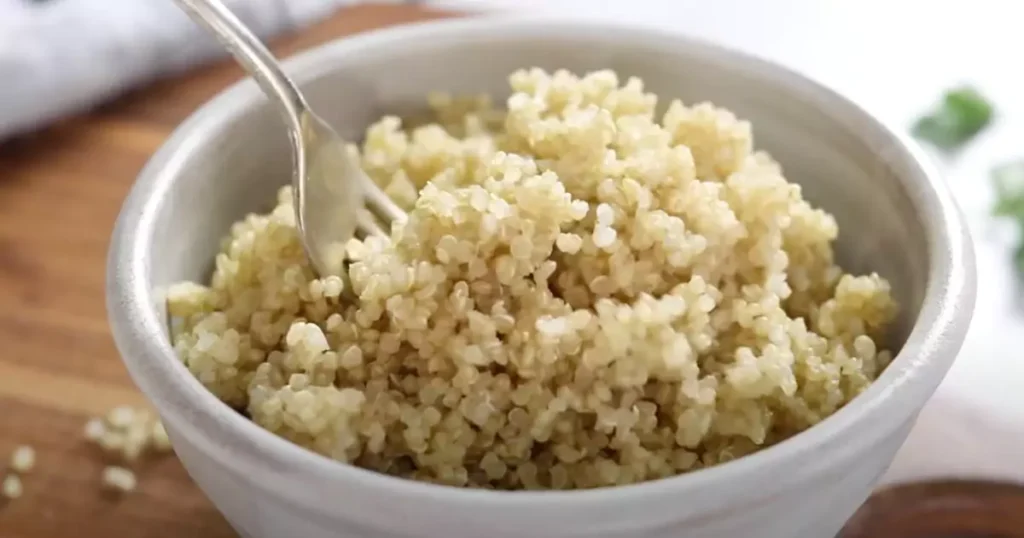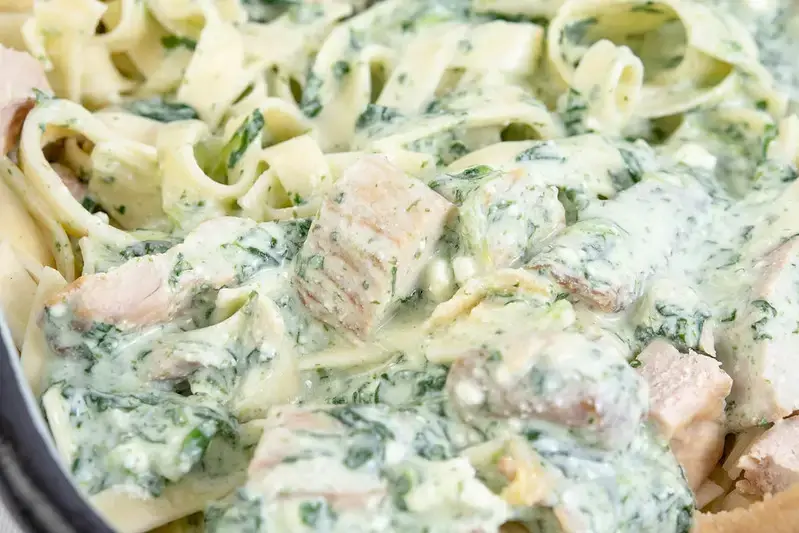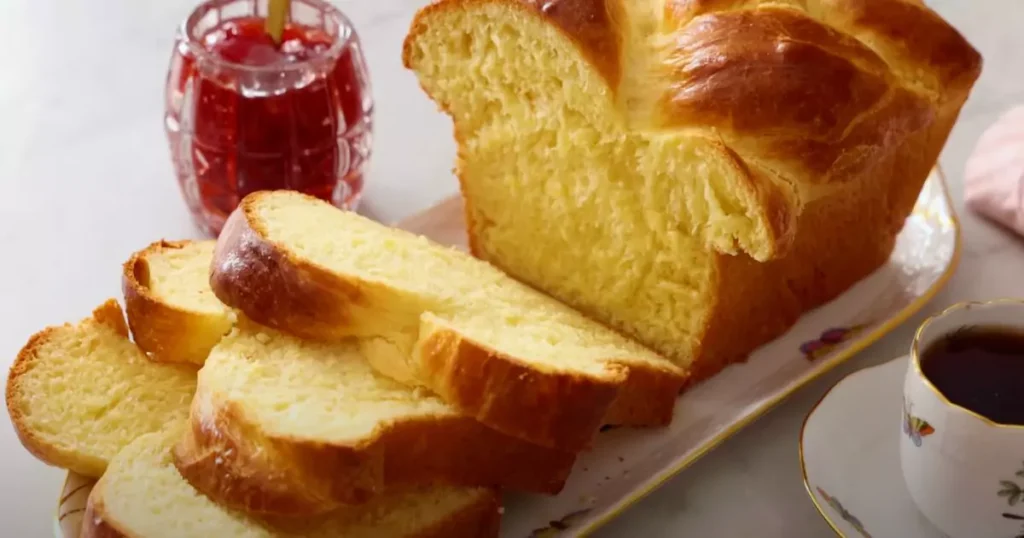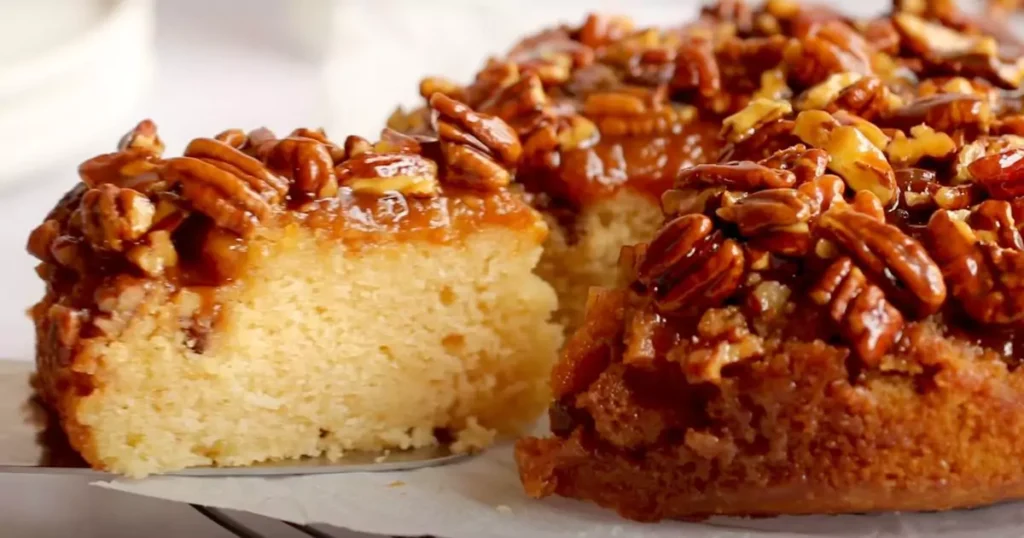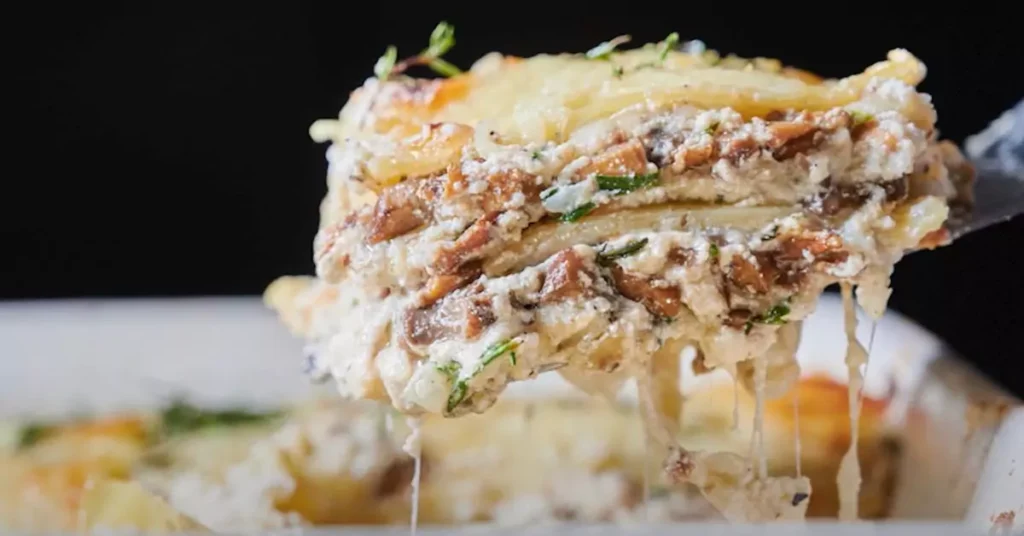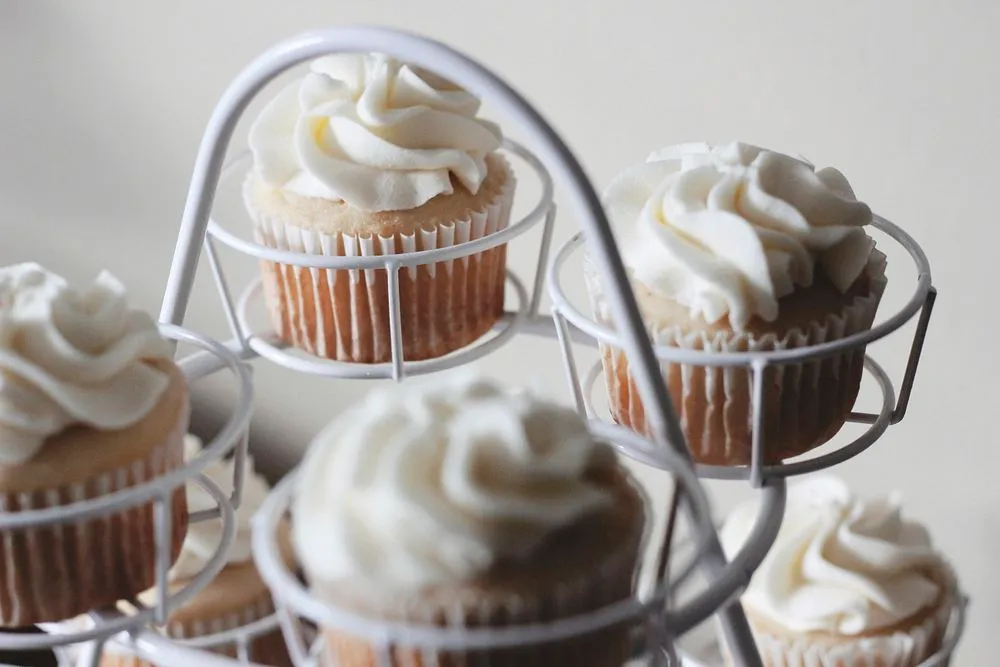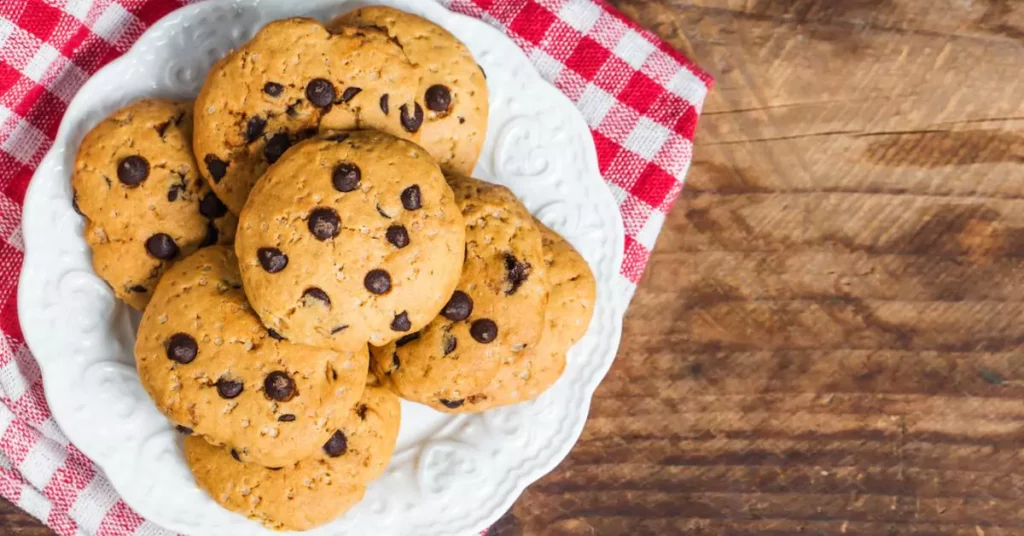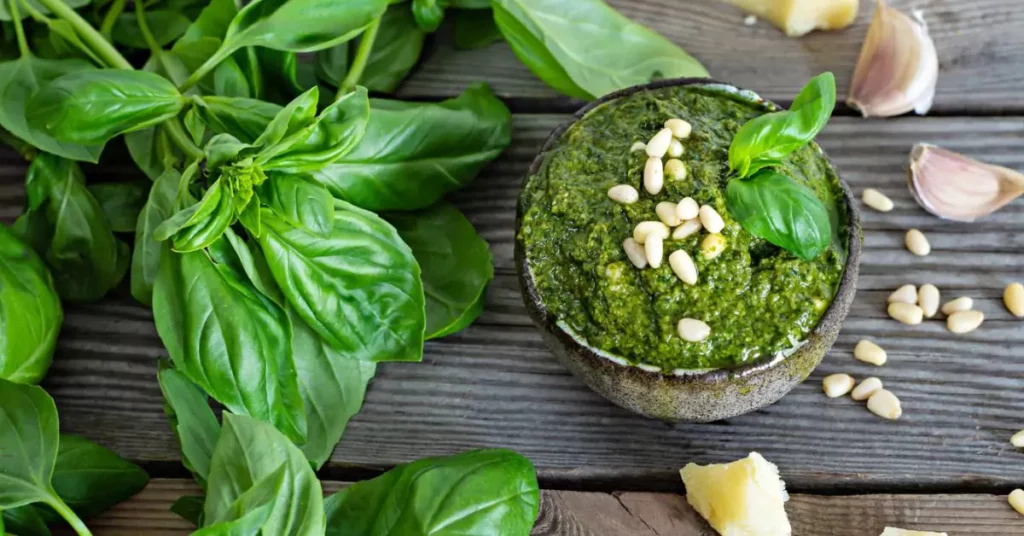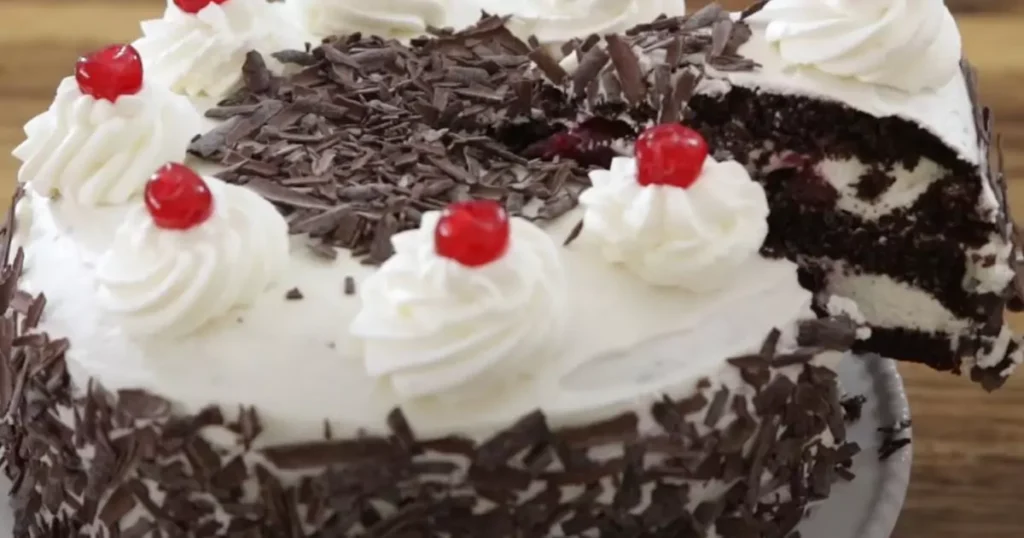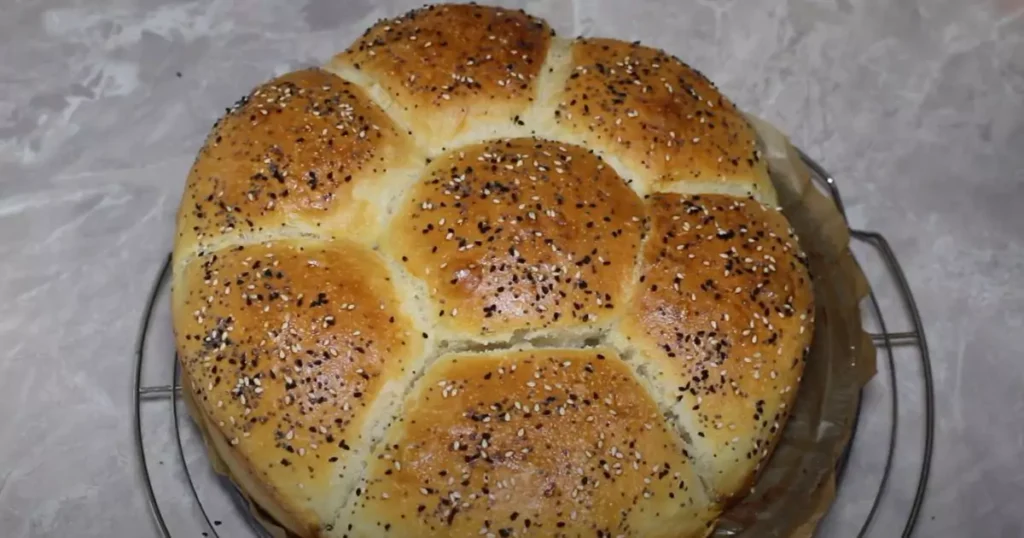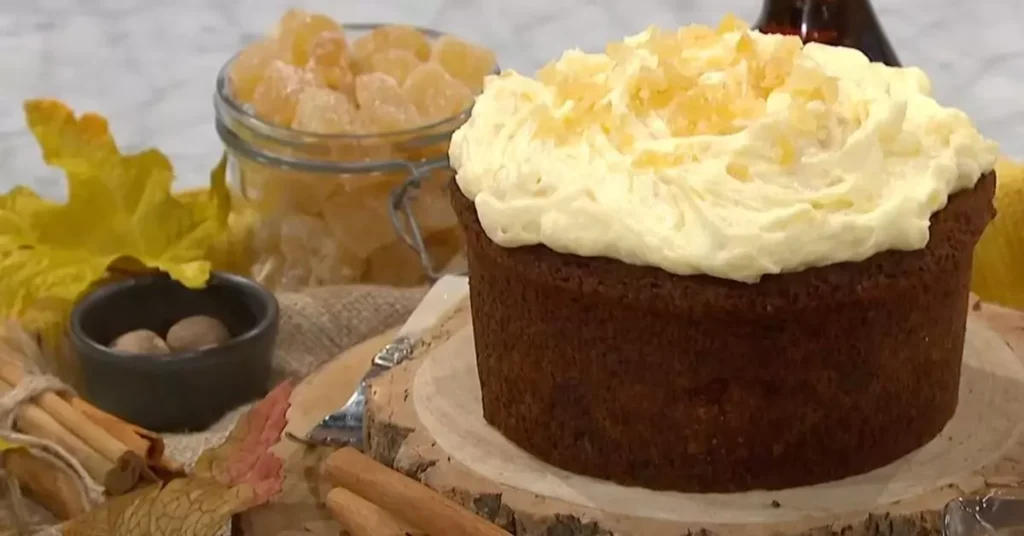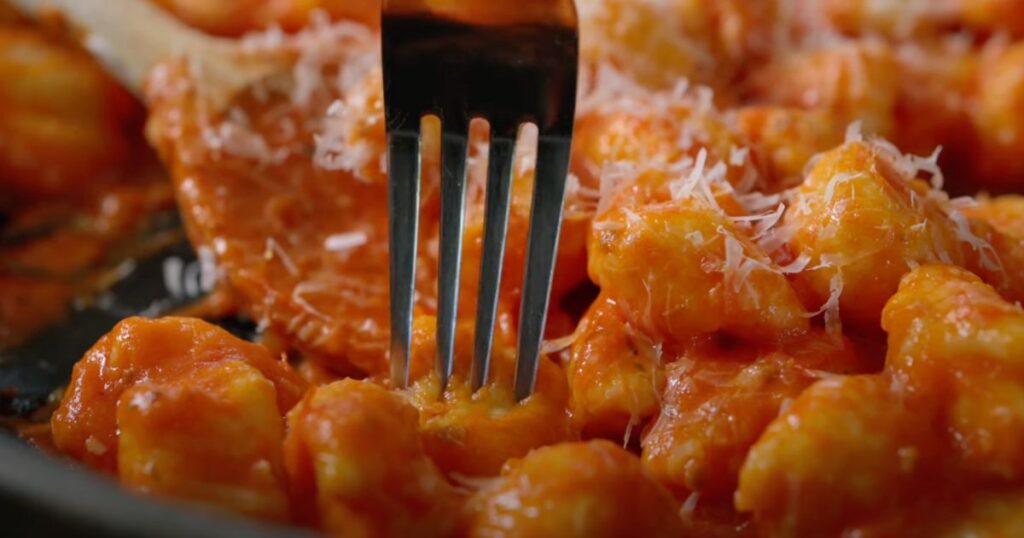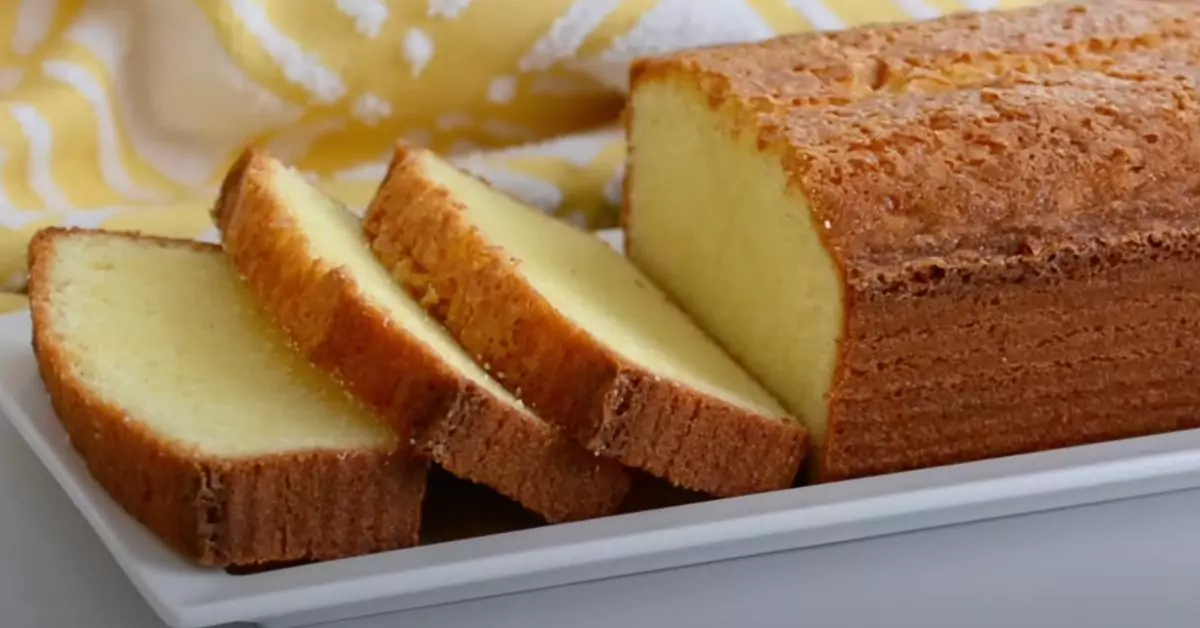
Welcome to the timeless world of Pound Cake, a staple in the realm of baking that has delighted taste buds for centuries. Renowned for its simple elegance and rich, buttery flavor, Pound Cake stands as a testament to the beauty of classic baking. This iconic cake, known for its straightforward recipe and versatile nature, appeals to both novice bakers and experienced confectioners. Whether served at a casual tea time or as the centerpiece of a festive occasion, Pound Cake’s understated sophistication makes it a beloved dessert across generations. In this post, we’ll explore the art of crafting the perfect Pound Cake, delving into its storied history and offering a step-by-step guide to recreate this culinary masterpiece in your own kitchen.
The History and Evolution of Pound Cake
The Pound Cake, with its rich history, is a fascinating study in the evolution of baking.
1. Origins of Pound Cake
- Early Beginnings: Originating in Europe in the early 1700s, Pound Cake was named for its simple formula: a pound each of flour, sugar, butter, and eggs. This straightforward recipe made it easy to remember and a favorite among home bakers.
- Popularity: Its popularity grew due to the cake’s dense, moist texture and the ability to keep well, which was essential in an era before refrigeration.
2. Adaptations Over Time
- Measurement Adjustments: As baking evolved, the strict one-pound measurement of each ingredient gave way to more flexible proportions. This allowed for variations in size while maintaining the cake’s signature texture.
- Ingredient Innovations: The introduction of leavening agents like baking powder gave the cake a lighter texture, and creative bakers began adding flavorings like vanilla, lemon, and almond extract.
3. Global Variations
- International Adaptations: The basic concept of Pound Cake spread globally, with different cultures incorporating local flavors and ingredients. For example, some regions include citrus zests, dried fruits, or spices to give the cake a unique twist.
- Modern Interpretations: Today’s Pound Cakes can range from simple, classic versions to elaborate creations with layers, frostings, and fillings.
4. Pound Cake Today
- Enduring Appeal: Despite its simplicity, Pound Cake remains a beloved dessert. Its versatility makes it perfect for both everyday enjoyment and special occasions.
- Culinary Symbol: Pound Cake has become a symbol of comfort and tradition in baking, representing the enduring appeal of homemade desserts.
Step-by-Step Recipe Guide
Pound Cake is a delightful treat that balances simplicity with the subtle intricacies of baking. Follow these steps for a classic and delicious Pound Cake.
1. Ingredient Preparation
- Wet Ingredients: 3 tablespoons milk (skim, low-fat, or whole), 3 large eggs, 1½ teaspoons vanilla extract
- Dry Ingredients: 1⅓ cups cake flour (spooned and leveled), ¾ cup sugar, ¾ teaspoon baking powder, ¼ teaspoon salt
- Butter: 13 tablespoons unsalted butter, softened
- For Greasing: Additional butter or nonstick cooking spray, flour for dusting
2. Preparing the Oven and Pan
- Oven Temperature: Preheat the oven to 350°F (175°C) and position a rack in the middle.
- Pan Preparation: Lightly grease an 8-inch x 4-inch x 2½-inch loaf pan with butter or nonstick cooking spray. Dust it with flour, tapping out the excess, or use a cooking spray with flour like Baker’s Joy.
3. Mixing the Wet Ingredients
- Combining Liquids: In a medium bowl, whisk together the milk, eggs, and vanilla extract until just combined. Ensuring these ingredients are well-mixed helps create a smooth batter.
4. Combining Dry Ingredients
- Initial Mixture: In the bowl of an electric mixer fitted with the paddle attachment (or using a hand mixer), combine the cake flour, sugar, baking powder, and salt. Mix on low speed for about 30 seconds to blend them evenly.
5. Adding Butter and Egg Mixture
- Incorporating Butter: Add the softened butter and half of the egg mixture to the dry ingredients. Mix on low speed until the dry ingredients are moistened.
- Increasing Speed: Raise the mixer speed to medium (or high if using a hand mixer) and beat for one minute. This aerates the batter and builds the cake’s structure.
- Adding Remaining Egg Mixture: Scrape down the sides of the bowl. Add the remaining egg mixture in two separate additions, beating for about 30 seconds after each to combine. Avoid over-mixing to prevent the cake from becoming tough.
6. Baking the Cake
- Filling the Pan: Pour the batter into the prepared pan and smooth the top with a spatula.
- Baking Time: Bake for 45 to 55 minutes. The cake is done when it’s golden brown, and a skewer inserted into the center comes out clean.
7. Cooling and Unmolding
- Cooling: Let the cake cool in the pan on a wire rack for about 10 minutes. Then, gently remove the cake from the pan and let it cool completely on the rack.
- Serving Suggestion: This cake is delicious on its own or served with a dusting of powdered sugar, fresh berries, or a dollop of whipped cream.
8. Storing the Cake
- Room Temperature Storage: Wrap the cooled cake in plastic wrap or store it in a sealable plastic bag. It will keep for several days at room temperature.
- Refrigeration: For longer storage, refrigerate the cake for up to a week.
Recipe Variations and Customizations
The classic Pound Cake recipe serves as a versatile foundation for a wide array of variations and customizations. Here’s how you can add your own twist to this beloved dessert.
1. Flavor Infusions
- Citrus Zest: Add the zest of a lemon, lime, or orange to the batter for a refreshing citrusy flavor.
- Extracts and Essences: Experiment with different extracts such as almond, lemon, or rum for a unique taste.
- Spices: Incorporate spices like cinnamon, nutmeg, or cardamom for a warm and aromatic twist.
2. Ingredient Additions
- Fruits and Nuts: Fold in dried fruits like cranberries or raisins, or nuts such as chopped walnuts or almonds, into the batter before baking.
- Chocolate Chips: For a chocolatey version, mix in a handful of chocolate chips.
3. Toppings and Glazes
- Simple Syrup Glaze: Brush the top of the cake with a simple syrup glaze infused with lemon or orange for added moisture and flavor.
- Cream Cheese Frosting: Top the cooled cake with a layer of cream cheese frosting for a decadent treat.
4. Dietary Adjustments
- Gluten-Free: Substitute the cake flour with a gluten-free flour blend designed for baking.
- Reducing Sugar: Reduce the amount of sugar if you prefer a less sweet cake, or use a substitute like coconut sugar.
5. Serving Suggestions
- With Fresh Berries: Serve slices of Pound Cake with fresh berries and a dollop of whipped cream or Greek yogurt.
- As a Trifle Component: Cube the cake and use it as a layer in trifles, paired with custard, fruit, and whipped cream.
6. Themed Variations
- Holiday Flavors: Add pumpkin puree and pumpkin spice for a fall-themed cake or mix in peppermint extract and crushed candy canes for a festive winter treat.
- Coffee Cake Twist: Swirl a mixture of brown sugar and cinnamon through the batter before baking for a coffee cake-like flavor.
7. Savory Pound Cake
- Herb-Infused: Create a savory Pound Cake by adding herbs like rosemary or thyme and reducing the sugar. Serve with cheese and wine for an elegant appetizer.
These creative variations and personalizations not only enhance the flavor profile of the classic Pound Cake but also cater to different tastes and occasions, making it a truly versatile dessert.
Tips for Perfect Pound Cake Every Time
Pound Cake, with its rich history and simple elegance, requires a certain finesse in baking. Here are essential tips to ensure your Pound Cake turns out perfect each time.
1. Accurate Ingredient Measurements
- Precision is Key: Use a kitchen scale for precise measurements, especially for flour and sugar. Inconsistent measuring can lead to a cake that’s too dense or too sweet.
- Spoon and Level Method: If using measuring cups, spoon the flour into the cup and level it off with a knife. Do not scoop the flour directly with the cup to avoid packing it down.
2. Room Temperature Ingredients
- Importance of Temperature: Ensure ingredients like eggs, butter, and milk are at room temperature. This helps them combine more easily, resulting in a smoother batter.
3. Creaming Butter and Sugar
- Achieving the Right Texture: Cream the butter and sugar until the mixture is light and fluffy. This process incorporates air into the batter, contributing to a lighter cake.
4. Avoiding Over-Mixing
- Mixing Techniques: Mix the batter just until the ingredients are combined. Over-mixing can lead to a tough cake as it develops the gluten in the flour.
5. Baking Temperature and Time
- Oven Calibration: Ensure your oven is correctly calibrated. An oven thermometer can help verify the actual temperature.
- Checking Doneness: Start checking the cake a few minutes before the recommended baking time ends. A skewer inserted into the center should come out clean or with a few moist crumbs.
6. Cooling the Cake
- Allowing to Settle: Let the cake cool in the pan for about 10 minutes before transferring it to a wire rack. This allows the cake to set and prevents it from breaking apart.
7. Slicing Techniques
- Cutting Clean Slices: Use a serrated knife to cut clean slices. For a smoother cut, dip the knife in hot water and wipe it dry between slices.
8. Experimenting with Oven Racks
- Positioning in the Oven: Experiment with oven rack positions. Sometimes, baking in the middle rack may not always yield the best results depending on your oven.
By following these tips, you can bake a Pound Cake that is not only delicious but also boasts the perfect texture and crumb – a delightful treat for any occasion.
Storage and Preservation Tips
A well-made Pound Cake not only tastes delightful but can also be stored effectively to extend its enjoyment. Here are tips for storing and preserving your Pound Cake.
1. Storing at Room Temperature
- Short-Term Storage: Wrap the cooled Pound Cake in plastic wrap or aluminum foil. It can be kept at room temperature for several days while maintaining its moisture and flavor.
- Avoiding Moisture Traps: Ensure the cake is completely cool before wrapping to prevent condensation that can make the cake soggy.
2. Refrigerating Your Pound Cake
- Longer Freshness: For extended storage, place the wrapped Pound Cake in an airtight container or a resealable plastic bag. It can stay fresh in the refrigerator for up to a week.
- Preventing Flavor Absorption: In the fridge, keep the cake away from strong-smelling foods to avoid flavor absorption.
3. Freezing for Long-Term Storage
- Freezing Instructions: Wrap the cake tightly in plastic wrap, then in aluminum foil or place it in a heavy-duty freezer bag. Properly wrapped, Pound Cake can be frozen for up to 3 months.
- Thawing Method: To thaw, leave the cake at room temperature overnight. Remove the wrapping once it’s partially thawed to prevent moisture buildup.
4. Refreshing the Cake
- Reviving Flavor and Texture: If the cake has slightly dried out, lightly toast slices to rejuvenate its texture. Serving with a dollop of cream or a drizzle of syrup can also help.
5. Slicing and Serving After Storage
- Cutting When Cold: If the Pound Cake is refrigerated or frozen, let it sit at room temperature for a short while for easier slicing. A serrated knife works best for clean cuts.
6. Storing Pound Cake Slices
- Individual Portions: If you prefer storing individual slices, wrap each slice separately. This allows for single servings without exposing the entire cake to air each time.
FAQs
1. Can I Substitute All-Purpose Flour for Cake Flour?
Yes, you can substitute all-purpose flour for cake flour, though the texture may be slightly denser. For every cup of cake flour, use 1 cup minus 2 tablespoons of all-purpose flour.
2. How Do I Know if My Pound Cake is Done?
The cake is done when it’s golden brown, and a toothpick or skewer inserted into the center comes out clean or with just a few moist crumbs.
3. Why Did My Pound Cake Sink in the Middle?
This can happen due to over-mixing the batter (which incorporates too much air), under-baking, or opening the oven door too early. Ensure accurate measuring, mixing, and baking for the best results.
4. Can I Add Fruits or Nuts to My Pound Cake?
Absolutely! Fold in about 1 cup of nuts or dried fruits to the batter before baking for added texture and flavor.
5. How Can I Make a Moist Pound Cake?
Using ingredients like sour cream or buttermilk can enhance the moisture. Also, avoid over-baking, as it can dry out the cake.
6. Is It Possible to Make Pound Cake in a Bundt Pan?
Yes, you can bake Pound Cake in a Bundt pan. Adjust the baking time accordingly, as it may take longer to bake through.
7. Can Pound Cake Be Made Ahead of Time?
Pound Cake is an excellent make-ahead dessert. It stores well at room temperature for several days and can also be frozen for later use.
8. What’s the Best Way to Serve Pound Cake?
Pound Cake is versatile – serve it plain, dusted with powdered sugar, topped with fruit, or alongside coffee or tea. It’s perfect for any occasion.
Conclusion
As we reach the end of our journey through the world of Pound Cake, it’s clear why this classic dessert continues to hold a special place in the hearts of bakers and dessert lovers alike. Pound Cake, with its rich history, simple elegance, and versatile nature, is more than just a treat; it’s a symbol of the timeless joy of baking. The beauty of Pound Cake lies in its simplicity. This humble cake, made with everyday ingredients, transforms into a delightful dessert that speaks of home and comfort. Its straightforward recipe makes it accessible to bakers of all skill levels, encouraging even novices to experience the satisfaction of baking from scratch. While the traditional recipe is beloved, Pound Cake also serves as a canvas for culinary creativity. Whether it’s experimenting with flavors, adding fruits and nuts, or playing with different glazes and toppings, Pound Cake invites you to put your unique spin on this classic.
Perfect for Any Occasion
From casual family gatherings to elegant afternoon teas, Pound Cake fits seamlessly into any setting. Its versatility in serving options – whether sliced and enjoyed on its own, dressed up with fresh berries, or used as a base for more elaborate desserts – makes it a go-to choice for various occasions.
The Joy of Sharing
Baking a Pound Cake is not just about the end product; it’s about the joy of sharing. Serving this cake to family and friends brings a sense of warmth and connection, celebrating the shared pleasures of homemade baking. In conclusion, Pound Cake is more than just a recipe; it’s a baking tradition that has stood the test of time. It reminds us of the simple joys of baking and the endless possibilities that come with it. So, preheat your oven, gather your ingredients, and get ready to bake a Pound Cake that’s sure to delight and satisfy.







